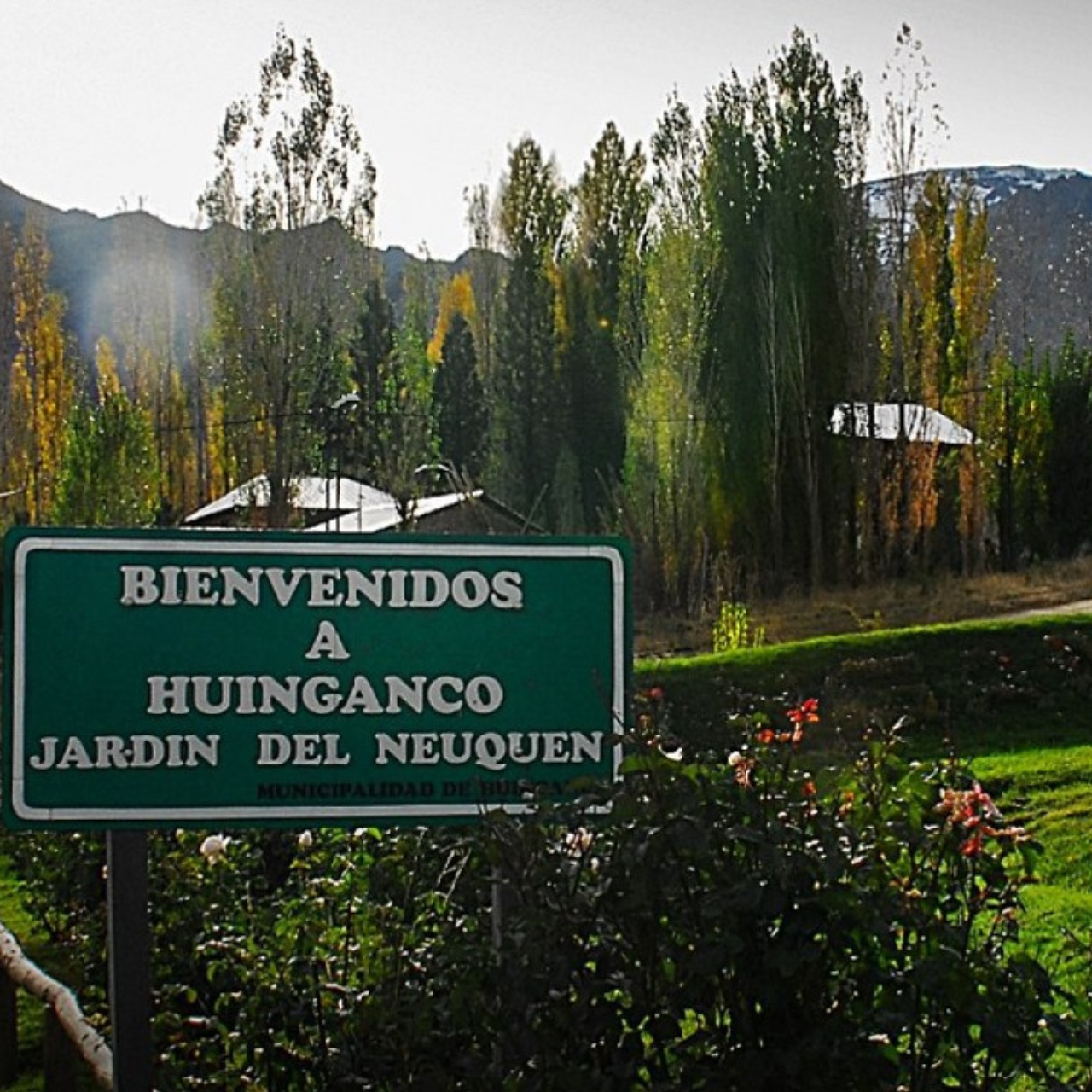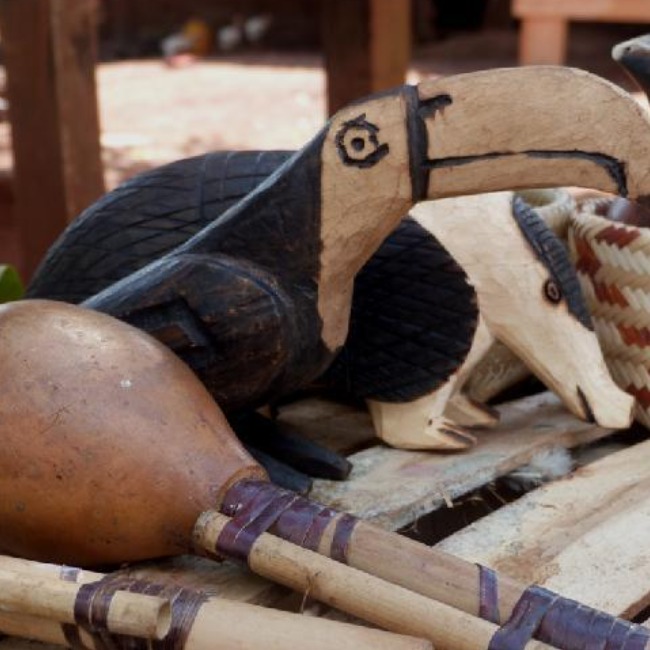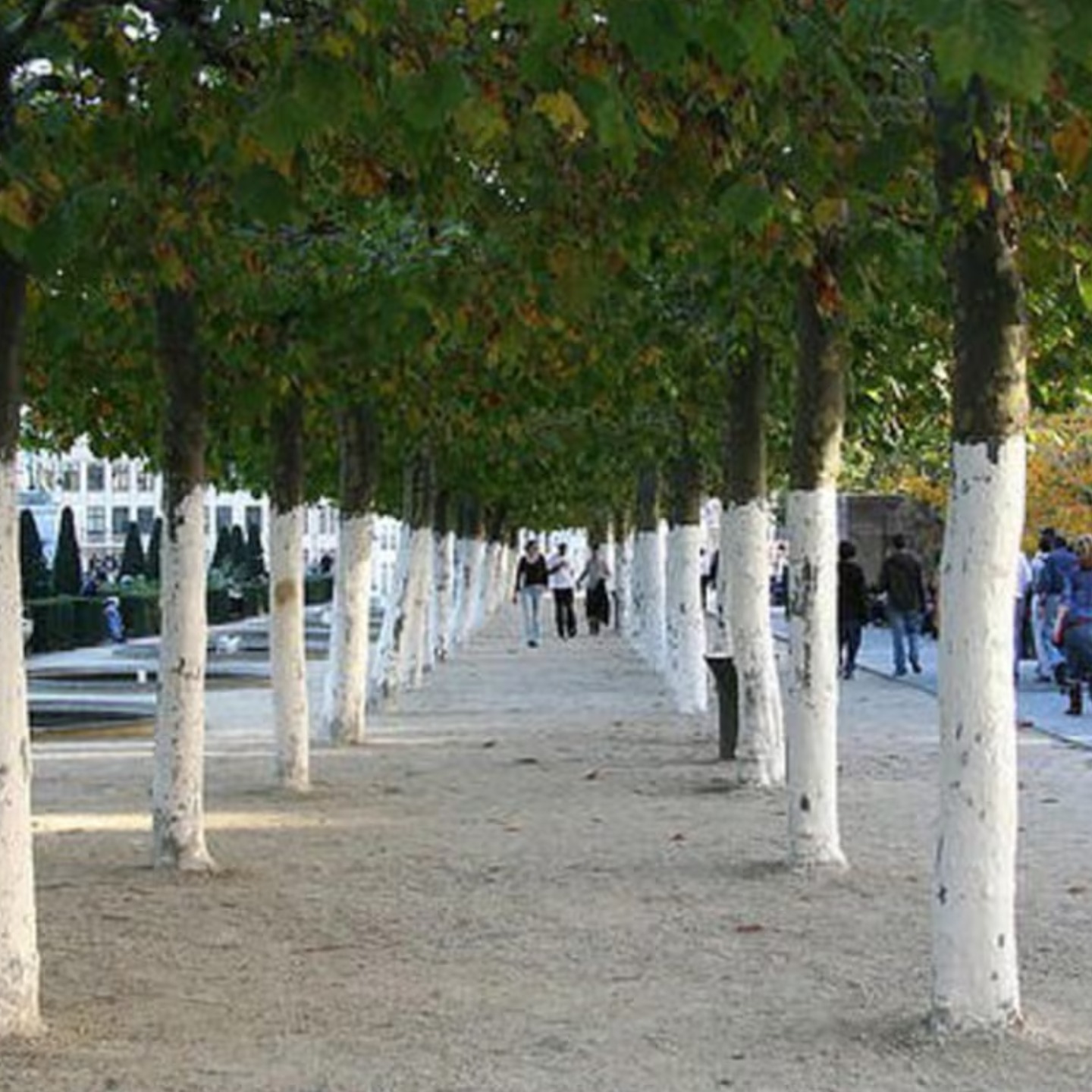
Neuquén: The town that has a hand -planted entire forest and a tree over 1200 years
Known as the Garden of the Province, this Neuquino people resurfaced from the population exodus thanks to the idea of ??one of its inhabitants: that each of them raises a tree.
Trees are a fundamental part of improving the health of the environment, since they not only help clean the air, but also to prevent floods and give home to different species of animals. Such is its importance that the inhabitants of the Neuquina town of Huinganco planted by hand an entire forest and even have a museum with a tree over 1,200 years. It is about the Museum of the Tree and Wood, a provincial nursery that has a cypress 1,200 seniority, which served to create a space where the longest -lived specimen of the window of the wind can be exposed, in addition to other petrified trunks and different native species. Province of its visitors with a striking poster that gives way to the enchanted valley and a boulevard that invites you to know the history of the place. To get there, the provincial route No. 43 and the national routes No. 22 and 40, with sense to the north, where they will be waiting for about 1,100 inhabitants who have a great sense of belonging and desire to be visited on more than one occasion. This sense of belonging intensified during the 60s, a period in which an important population exodus was experienced that exposed the need to create work sources. However, the community did not surrender to the fall in mining exploitation and the production of cattle that caused the bulk of settlers to go from the city. It was then that Temístocles Figueroa, and his son Rogelio, began to look Community in which all the inhabitants contributed their grain of sand. In principle there were only six men who began this task, a number that then amounted to 80 and later to 160, all in order to continue the coniferous plantation, as well as the recovery of native species and the reactivation of the economy of the town. This activity became so important that the production was increasing, to the point that they reached the 3,700 hectares cultivated, which led them to become the first communal forest in the country. Even, an average of 2,000 trees planted by each worker were reached, which helped and cared for the plantations of their classmates. Over the years, these pines gave the necessary raw material to give rise to new jobs in carpentry and sawmills, not to mention the fruits crops that managed to open a factory of artisanal sweets.
IT MAY INTEREST YOU
 Natural Christmas | Promote responsible purchases at the end of the year parties with sustainable decoration and forest gifts
Natural Christmas | Promote responsible purchases at the end of the year parties with sustainable decoration and forest gifts
The network of forest and environmental communicators in Latin America and the Caribbean (Recofalc) set out to promote a campaign that helps demystify the use of artificial trees over the natives. «These occur mainly from oil, generating a high carbon footprint. In addition, its transport to long distances and its posterior waste in tons of plastic and iron aggravate their environmental impact. Opting locally cultivated natural trees not only reduces the impact on emissions, but also fosters local economies and the sustainable use of the earth, ?they highlight from Recofalc.
 Why are the trunks of some trees white
Why are the trunks of some trees white
White or wrapped painted of tree trunks is a common practice that goes beyond aesthetics. In various places, streets and even rural areas, this technique that has specific purposes for their protection, especially those youngest or vulnerable can be observed.
 COP29 in Baku | FAO organizes virtual event on sustainable forest bioeconomy for mitigation and adaptation to climate emergency
COP29 in Baku | FAO organizes virtual event on sustainable forest bioeconomy for mitigation and adaptation to climate emergency
Within the framework of the COP29 of climate change in Baku, the United Nations Food and Agriculture Organization (FAO) will lead a virtual event focused on sustainable forest bioeconomy as a key tool for mitigation and adaptation to climate change.





















